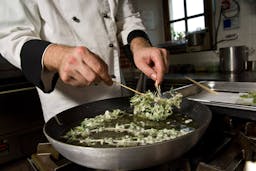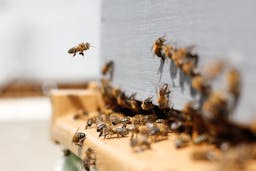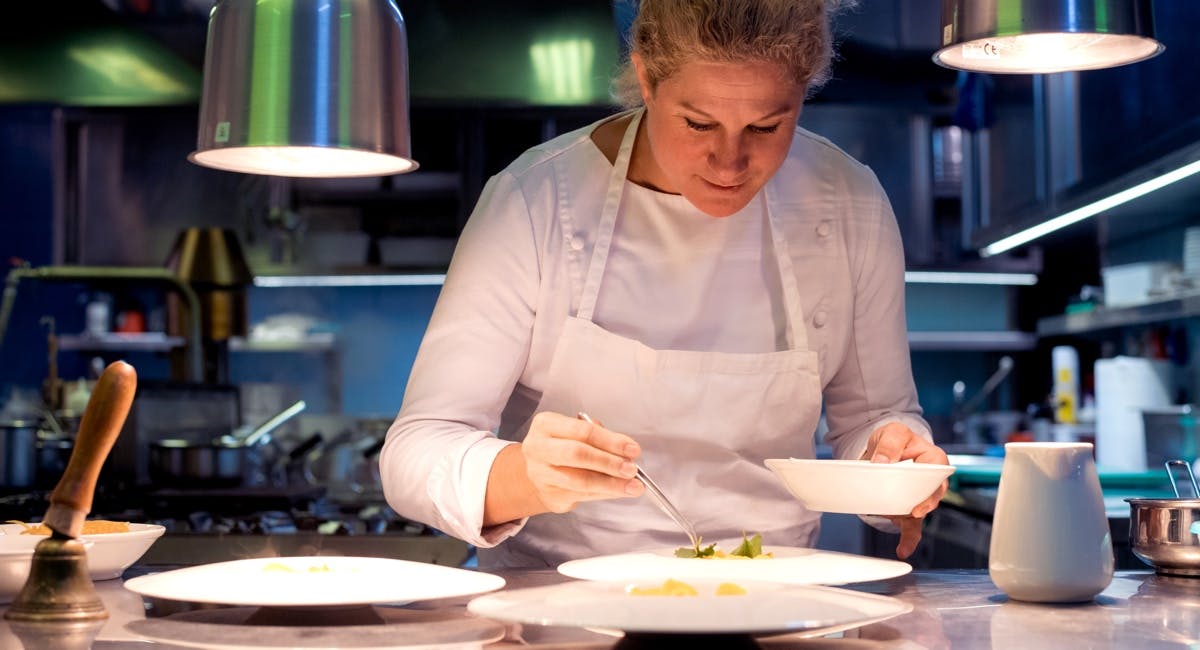
A Quick Guide to Slovenian Gastronomy
Slovenian gastronomy is rich and surprisingly curious. In this article, you'll get to know the types of food that makes Slovenia a dream destination for foodies.
Slovenia is a gorgeous country, with green meadows and forests, blue sea, emerald rivers and lakes, crystal clear water and interesting culture. Moreover, Slovenia will be awarded the title Europian Region of Gastronomy in 2021, by the International institute of gastronomy, culture, arts and tourism.
Homegrown vegetables and herbs: The key ingredients of Slovenian cuisine
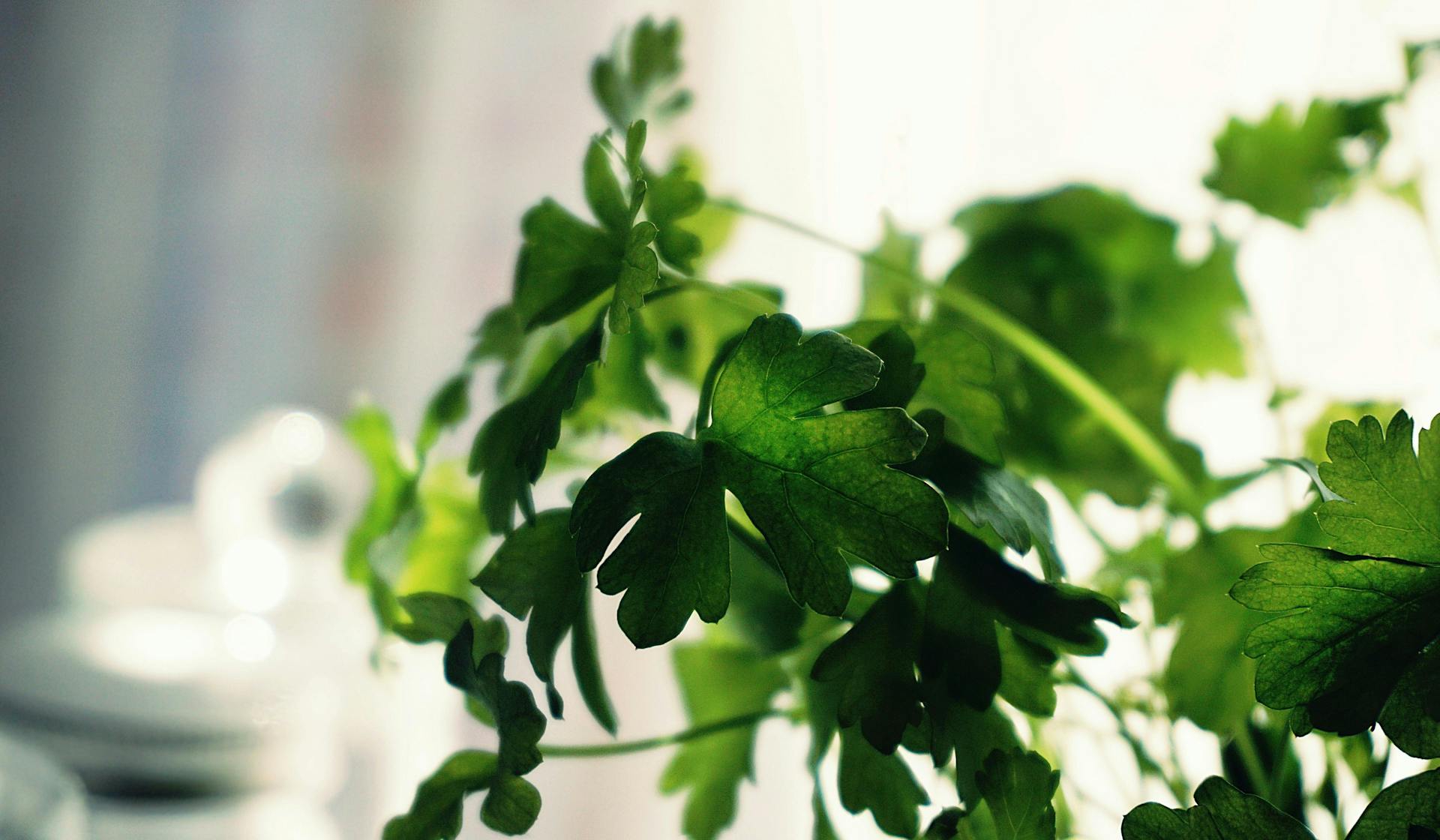 One can hardly imagine Slovenian homemade dishes without fresh herbs. Photo: Pexels.
One can hardly imagine Slovenian homemade dishes without fresh herbs. Photo: Pexels.
Slovenes are proud of their roots, they enjoy spending time out in the nature and gathering together with family and friends. Don't be surprised if someone invites you for lunch or offers you a glass of homemade wine.
Almost every household has its own garden where tasty vegetables, spices and herbs are grown. One can hardly imagine Slovenian homemade dishes without fresh rosemary, parsley or basil. The smell from one family's kitchen tells you that another tasty meal is on the way. Slovenes like to boast about their homemade delicacies made by the recipes their grandmothers had left behind.
An old proverb says that everyone should write a book in one's life, raise a child and plant a tree. The protective Slovenian symbol is the lime tree, and the geographical position of Slovenia also enables the cultivation of fruit trees which today are gaining more and more importance. Old varieties of apple trees can be tasted on the second week of October in the Kozjansko Landscape Park.
Food festivals in Slovenia
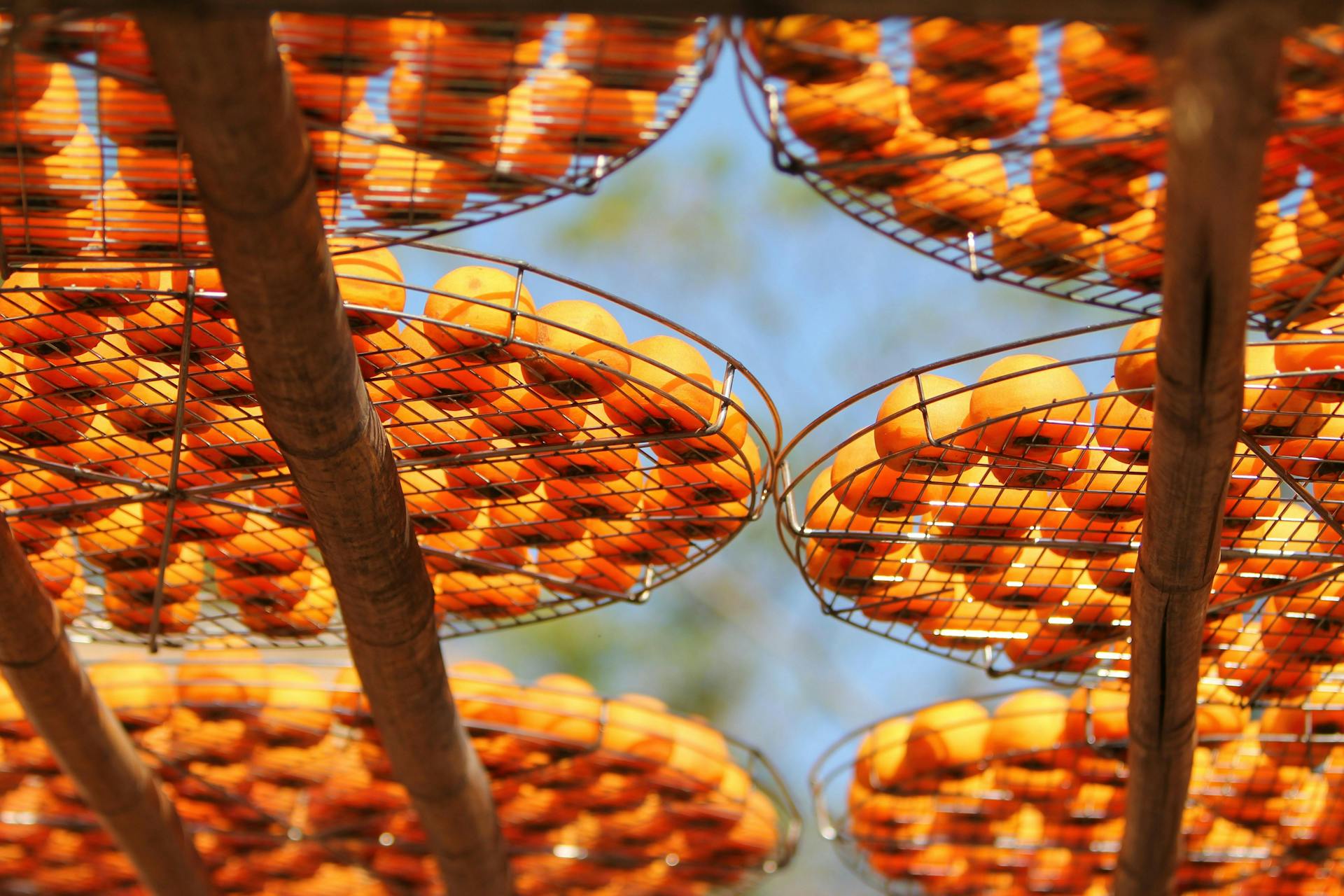 Persimmon: The "fruit of the gods". Photo: Pexels.
Persimmon: The "fruit of the gods". Photo: Pexels.
In mid-November, you can visit the Persimmon Fruit Fest where locals offer specialities made of this “fruit of the gods” in the immediate vicinity of the Strunjan salt pans on the Slovenian coast. Almost one third of all persimmon plantations in Slovenia are found in the Strunjan Valley, and quality crops are the result of particularly mildly sub-Mediterranean climate, rich land and plenty of good care.
Slovenians are also crazy about the Idrija žlikrof festival (žlikrof is filled pasta similar to ravioli). The Idrija žlikrof is the first Slovenian product that has received a designation by the European Union as a Traditional Specialty Guaranteed. And there are other typical Slovenian dishes like the traditional Potica cake, Kraški pršut prosciutto, cottage cheese rolled dumplings “štruklji”, buckweat žganci, Carniolan spiced pork sausage “kranjska klobasa” and many more.
Slovenia: The land of wine and honey
In Slovenia, there are 24 gastronomic areas and three wine-growing areas. Local mineral water is usually served with Slovenian meals, and more recently, beer from small local breweries is commonly enjoyed with a meal.
Slovenia prides itself on the oldest vine plant in the world. In Maribor, the second biggest Slovenian city, you can see almost half a millennium old vine plant that survived times of Turkish attacks and several infestations which destroyed many vineyards in the past, and of course both the first and the second world wars.
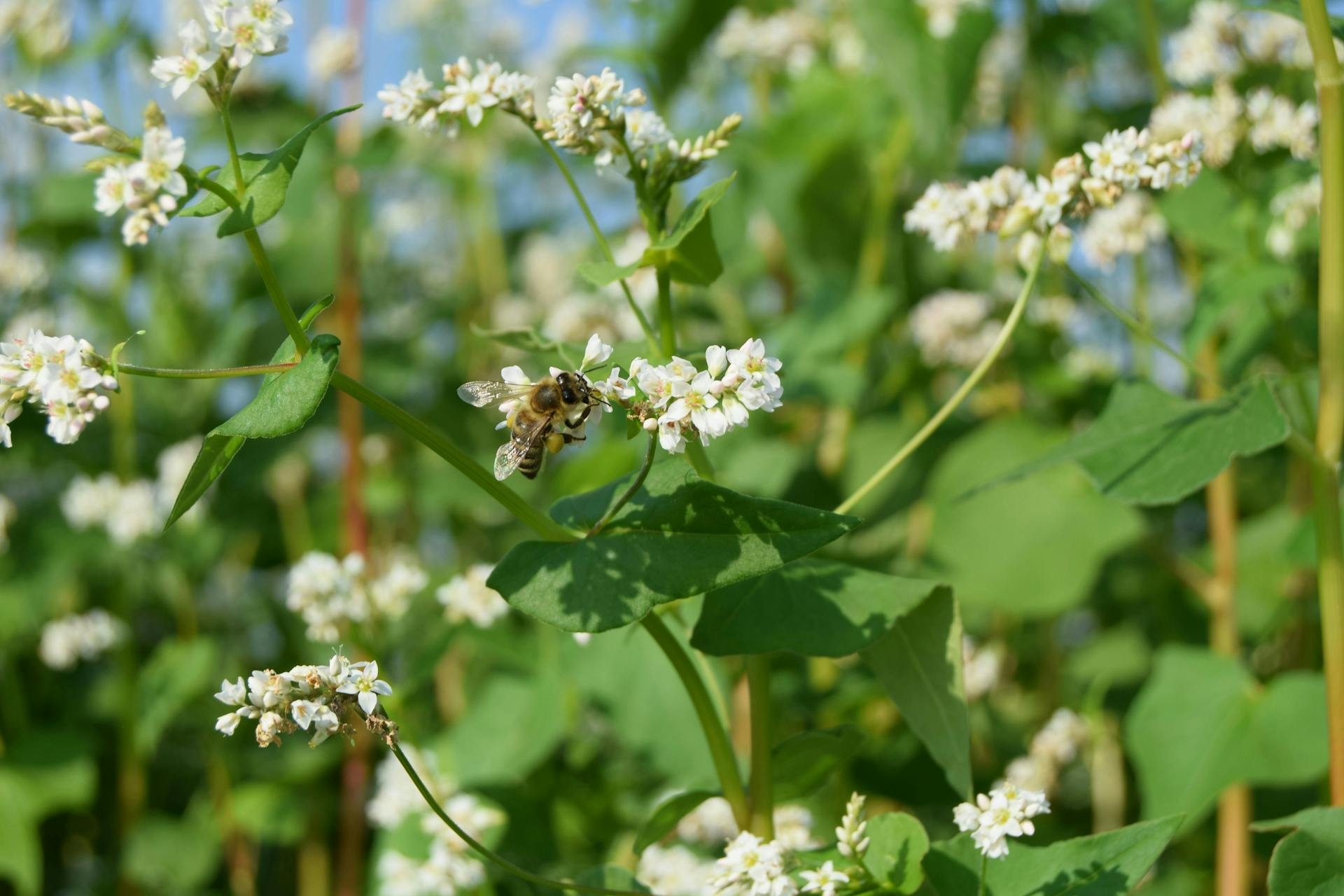
Since Slovenia is the only European Union Member State to have protected its native bee, the Carniolan honeybee, Slovenia succeeded in its wish that the United Nations proclaimed 20 May 2018 as the first World Bee Day. Beekeeping occupies a special place in Slovenia's economy as one of its oldest traditional crafts.
Although Slovenia may be small, it boasts more than 170 traditional dishes and the main characteristic they have in common is that they are all made of locally produced ingredients. Gourmets visiting Slovenia will be surprised how fresh and nuanced Slovenian cuisine really is.
Sharing is caring!
